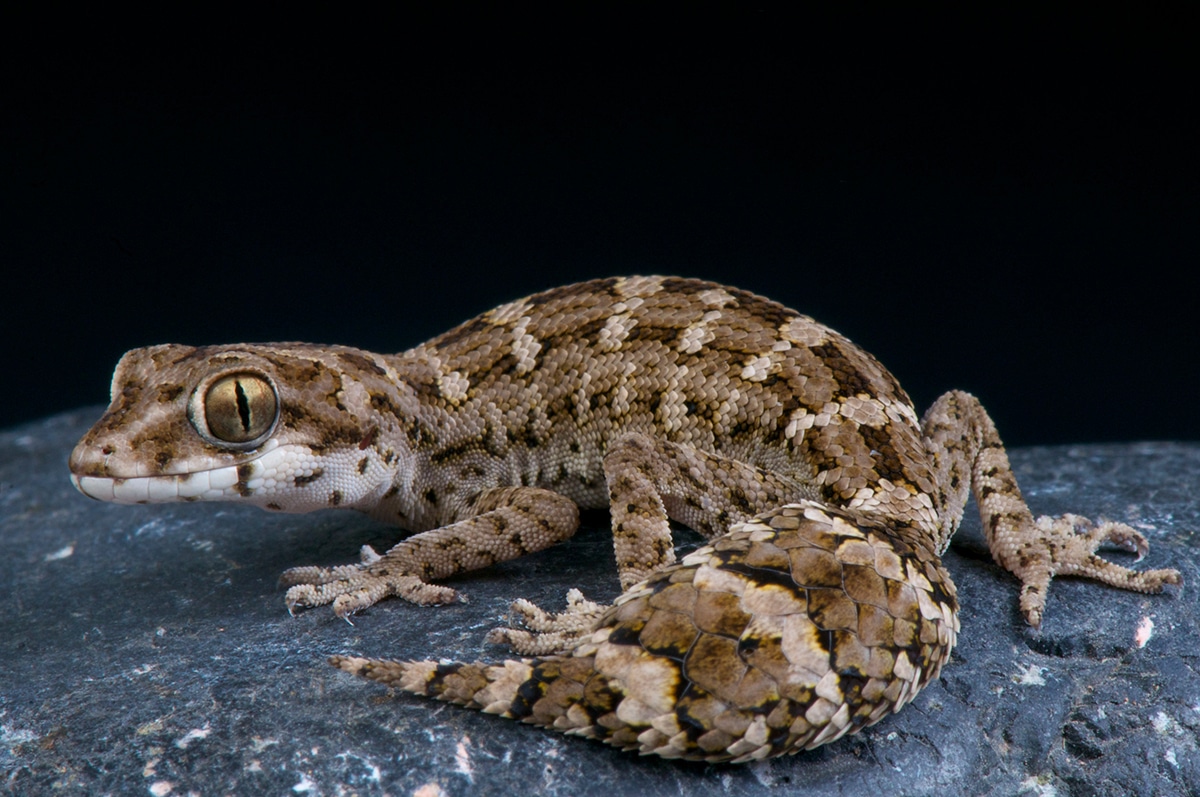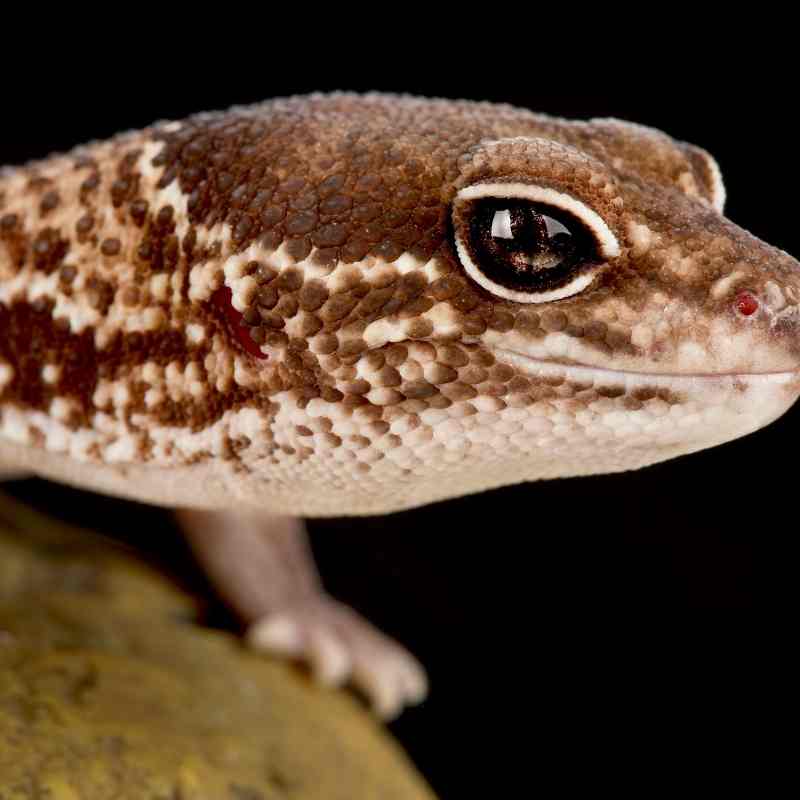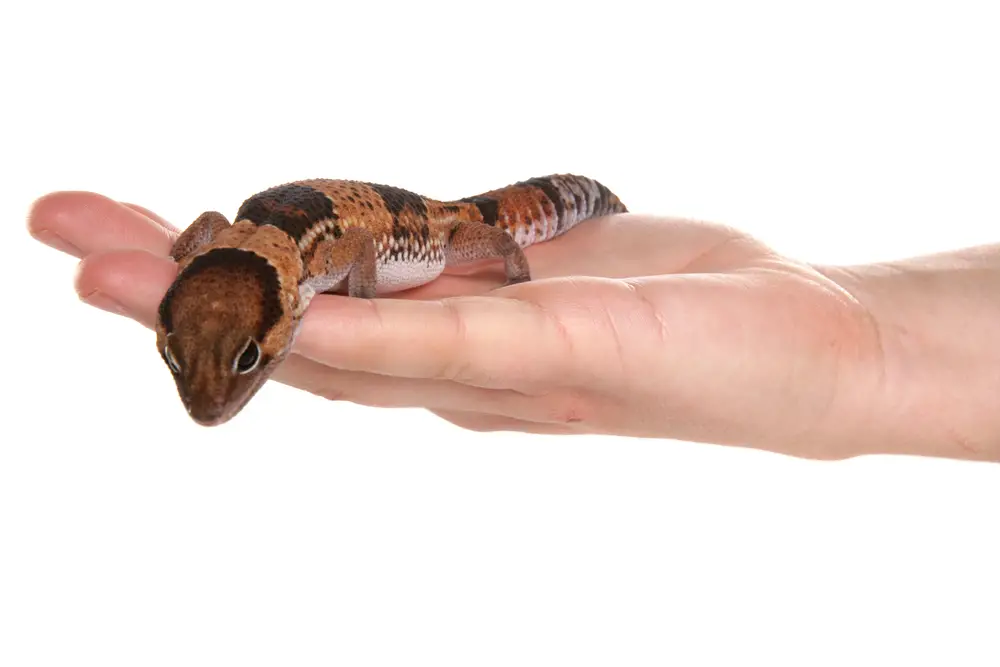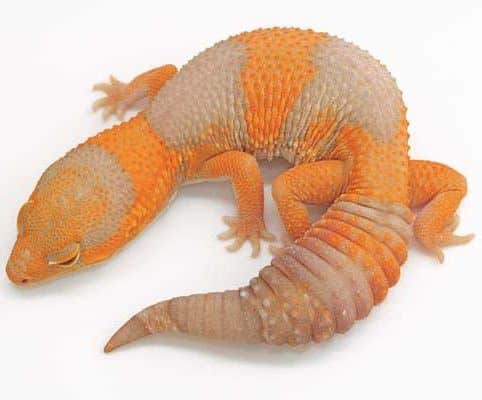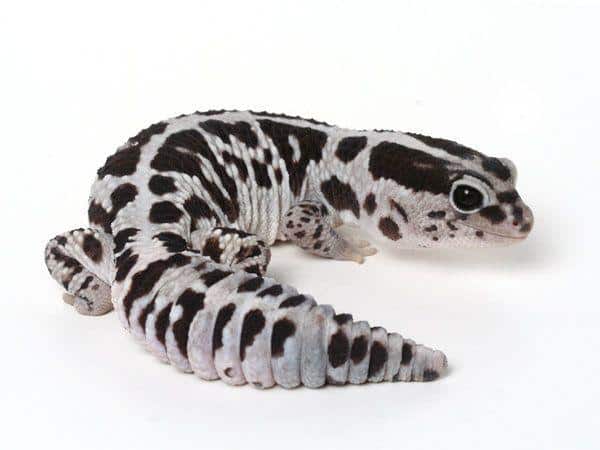Stick Tail Disease in African Fat-Tailed Geckos: Complete Guide
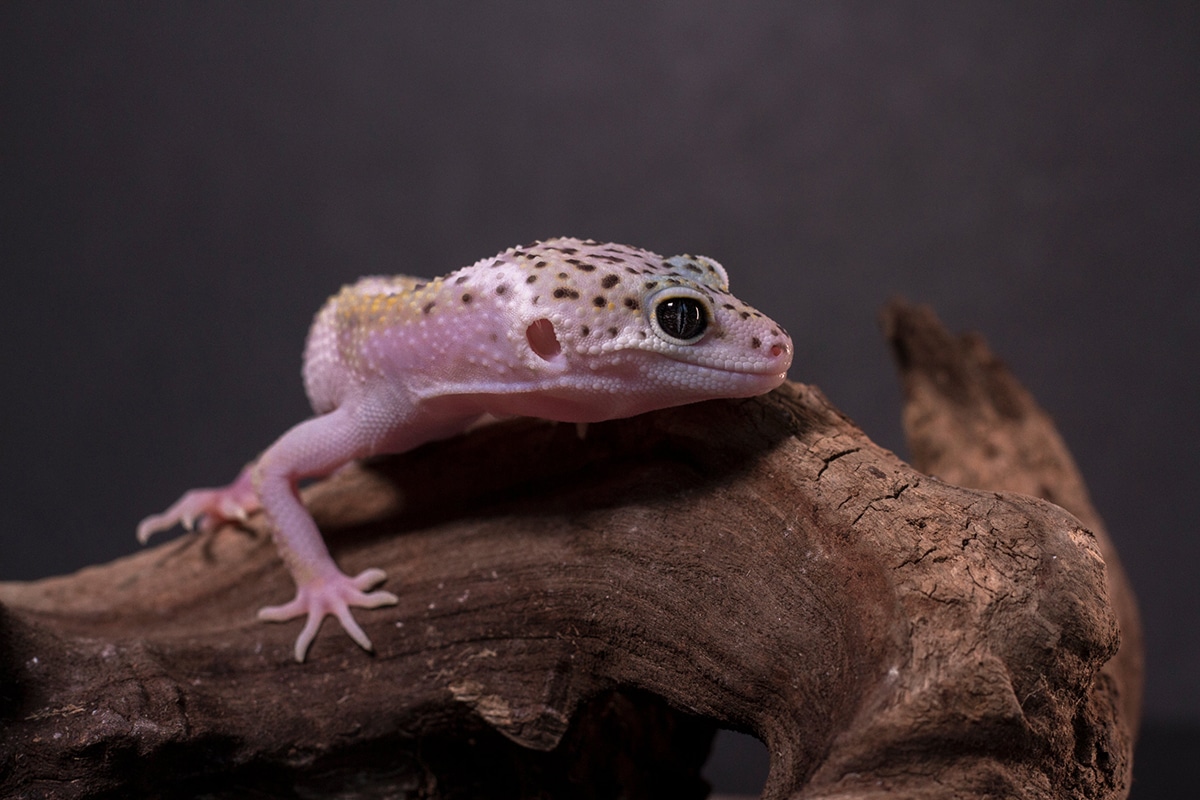
Stick tail disease in African fat-tailed geckos can have many causes and just as many treatment options. As long as you understand the conditions that lead to the disease, you can treat it and prevent it.
Stick tail disease is when a gecko loses too much weight in their tail, making their fat tail look like a thin stick. Parasites, bacteria, viruses, and poor environmental control can cause the gecko to show the disease, and medications and supportive care can help the gecko recover.
Read on to learn more about why geckos are prone to stick tail disease. I’ll tell you all about the symptoms, treatment, and prevention of stick tail disease and help you learn what not to do when your gecko has this condition.
Contents
Stick Tail Disease
Stick tail disease name comes from the narrow appearance of a sick gecko’s tail.
As small lizards with high metabolisms, geckos need to eat frequently to maintain weight. Unlike heavier lizards like iguanas that can go long periods between meals, geckos lose weight fast when they get sick.
Species like African fat-tailed geckos have broad tails thanks to the fat stored there. When they get sick, they draw calories from their tail fat until they feel well enough to eat again. However, if they’re ill for too long, their tail loses definition and looks like a thin stick.
How Do African Fat-Tailed Geckos Get Stick Tail Disease?
African fat-tailed geckos can get stick tail disease from a parasite infestation, a bacterial infection, a virus, cold temperatures, poor diet, and several other factors that stress a gecko and cause them to lose weight rapidly.
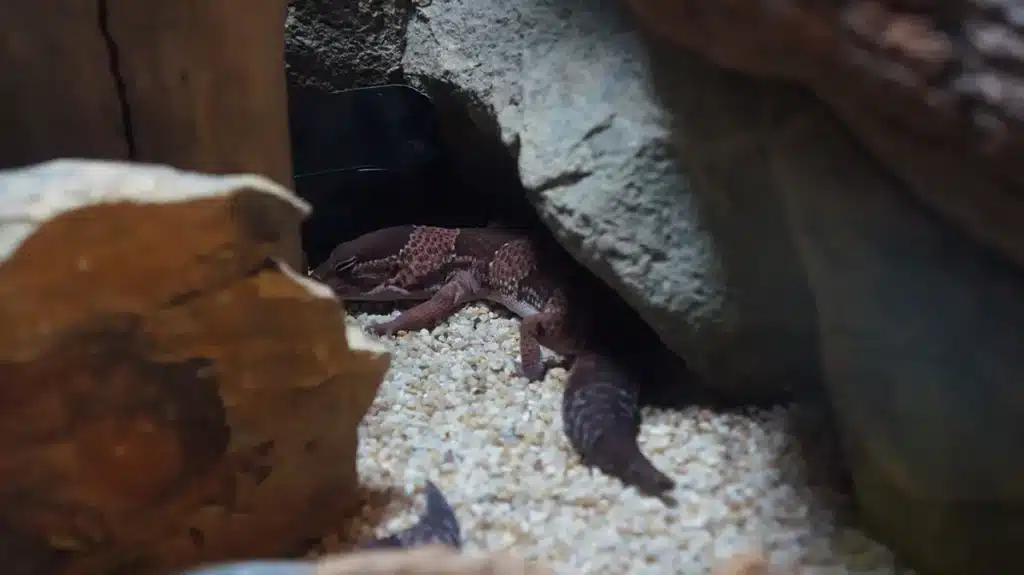
One of the more common causes of stick tail disease is parasites.
One of the most prevalent parasitic conditions in geckos is Cryptosporidiosis, an intestinal infestation. It’s an infection by the single-celled protozoa Cryptosporidium varanii. A sick gecko will be called crypto-infected or crypto-positive.
It shares the parasite through the feces in an egg-like oocyst, which another gecko might eat, thinking that they are munching down on a tasty snack. Then the parasite will lodge in the small intestine and absorb nutrition before the gecko can. If untreated, the animal may slowly waste away for weeks to months before dying.
It can infect heavier lizards, but because of a gecko’s fast metabolism, they’re the ones that develop stick tail disease when infected.
Despite Cryptosporidiosis being a well-known cause, many other common issues can lead to appetite and weight loss, including diarrhea. Salmonella infections produce similar symptoms and can infect other animals in the tank and the human handler. With both Crypto and Salmonella, you’ll need to disinfect the tank with ammonia.
Winter behaviors also create lethargy and lack of appetite. So, if the enclosure is too cold for the gecko, it may eventually get stick tail disease.
Other causes include less common parasites, internal abscesses, poor diet, viruses, bacteria, obstructions, kidney disease, and granuloma.
What Are the Symptoms of Stick Tail Disease?
The symptoms of stick tail disease are:
- Loss of appetite
- Rapid weight loss
- A thin, stick-like appearance of the tail
- Diarrhea
- Lethargy
- White spots on the liver
It’s a good idea to establish your gecko’s normal behavior and appearance by having photos or knowing its weight from your veterinarian. That way, you can catch the changes and address potential issues before the stick tail gets prominent.
Annual and post-purchase vet checks can prevent severe cases.
Can You Treat Stick Tail Disease in African Fat-Tailed Geckos?
You can treat stick tail disease in geckos as long as you can determine the underlying issue. For example, eradicating parasites can cure a gecko with stick tail disease, while others may benefit from a warmer or cleaner enclosure.
Treatment options depend on the cause of the disease.
Your vet can diagnose Cryptosporidiosis with fecal samples or a swab of the gecko’s cloaca. A vet will then send those samples for a DNA test.
Still, more than one cause can contribute to one gecko’s stick tail disease.
Besides initial treatment, infected animals will need other adjustments to recover or maintain their health. They’ll need extra help with hydration, food, and heat.
In most cases, you’ll need to keep the gecko alone until it recovers so it doesn’t infect others in the meantime.
Even after its behavior is healthy again, you might need to isolate your gecko if the issue is parasitic. It should only socialize with other recovered crypto-positive geckos. Chances are, if the sick one had a companion at the time, the others will have Cryptosporidiosis even if they aren’t showing symptoms yet.
Still, suppose the issue was not parasitic. In that case, you can improve your gecko’s diet, keep their enclosure cleaner, and improve the environmental conditions in the tank to prevent undue stress on your pet and help it recover.
How To Treat Stick Tail Disease in African Fat-Tailed Geckos
Many bacterial and parasitic infections need common medication from the veterinarian. Cryptosporidiosis requires specific medications, though even those drugs have limited effectiveness.
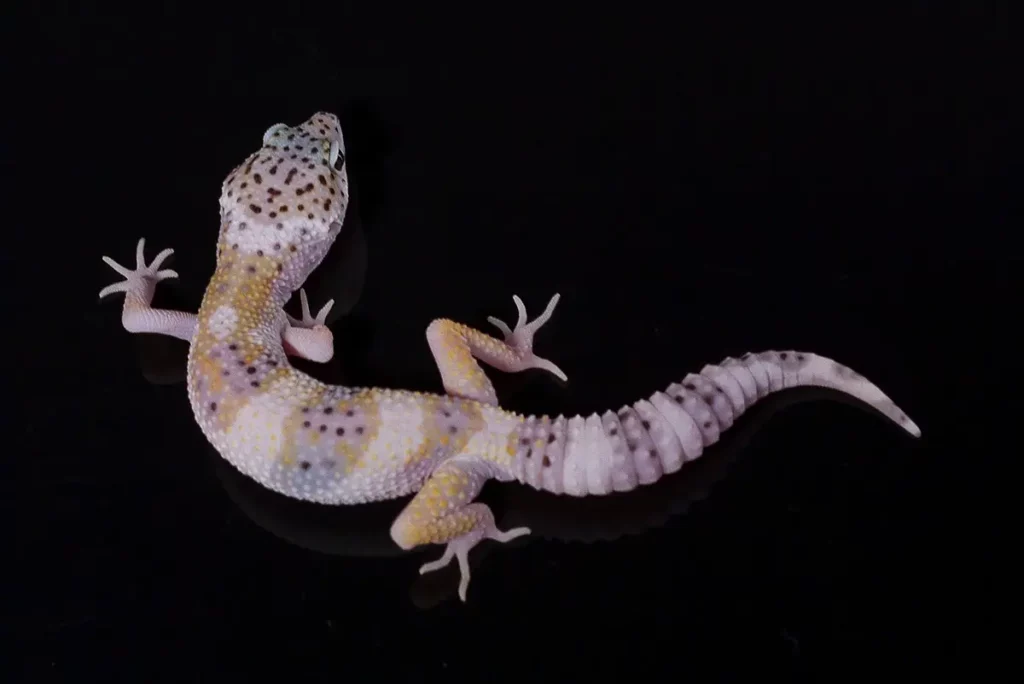
One such drug is paromomycin. It can reduce the number of parasites over several weeks, which can help the gecko recover.
However, because it’s not a cure, you may need to use it a few times per week for the rest of the gecko’s life. Supplementing a sick gecko with prescription vitamins for A, D3, and calcium until the gecko is eating is another possibility.
While in recovery, the gecko is like another sick animal and needs help meeting daily needs. A shallow, lukewarm bath for 15 minutes a day helps it hydrate, or once per week after it has recovered. Humidity boxes also help.
A liquid diet is easier for a sick animal to consume, and you should be able to find one at your vet’s office or somewhere online.
Adequate heat improves a gecko’s appetite. Keeping one part of the cage close to 90°F (32.22°C) and another section in the 70s minimizes distress. Also, have 12 to 14 hours of their day darkened and 10 to 12 hours well-lit.
Ultraviolet-B lighting for four to eight hours each day is an additional method to get vitamin D3. Sick geckos struggle to get calcium and D3. And D3 is needed to absorb calcium.
Laying paper towels in the cage can help you monitor their feces.
Otherwise, your vet may have instructions, including when to return for a check-up. The more on top of the treatment, the better chances your gecko will have at recovery.
Prevention
Most causes of stick tail disease stem from a missing element in their daily care. Exotic animals have a lot of needs that can take some planning to do well. Being well-informed about good daily care specific to African fat-tailed geckos and practicing it is good prevention.
Good physical care keeps them in good spirits and not stressed. Stress will make them susceptible to infection.
In addition, keeping the tank clean and warm will ensure that your gecko’s immunity stays uncompromised, which can help them fight off infections on their own.
Particularly when getting a new gecko, choosing one from a reputable breeder will more likely be healthy. Follow that up with quarantining the new gecko for one to two months or until it has a thorough check-up, and at least you have those possibilities ruled out.
What Not To Do
The opposite of all this advice would be to not research or go against your research.
The worst-case would be to get a new African fat-tailed gecko from a stranger, not isolate it for the first few months, and not research what kind of environment you need to provide to the gecko.
Avoiding the vet is a big no-no, whether you suspect that your gecko has a health condition or not.
Always take new pet geckos to the vet as soon as you bring them home and continue to go in for yearly examinations to keep them healthy.
Some habits of daily care might get missed by a new owner. Still, as long as they observe their pet, research, and follow-through, better follow-up care can fix most causes.
Learn how to transport your gecko, and what you need to know about vet visits.
Conclusion
African fat-tailed geckos and similar geckos with fatty tails get stick tail disease when they lose weight rapidly. Stick tail disease is usually a symptom of another health concern such as a parasite, other infection, or improper habitat.
An exotic animal vet can help with diagnostics and prescription medications if they’re needed. However, both prevention and treatment have a lot to do with providing enough heat, a clean environment, a balance in lighting, and enough water and food.
